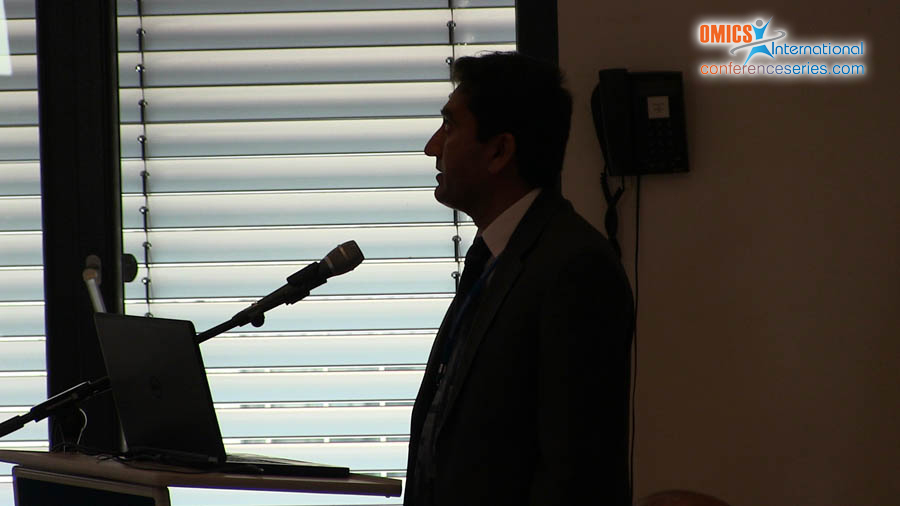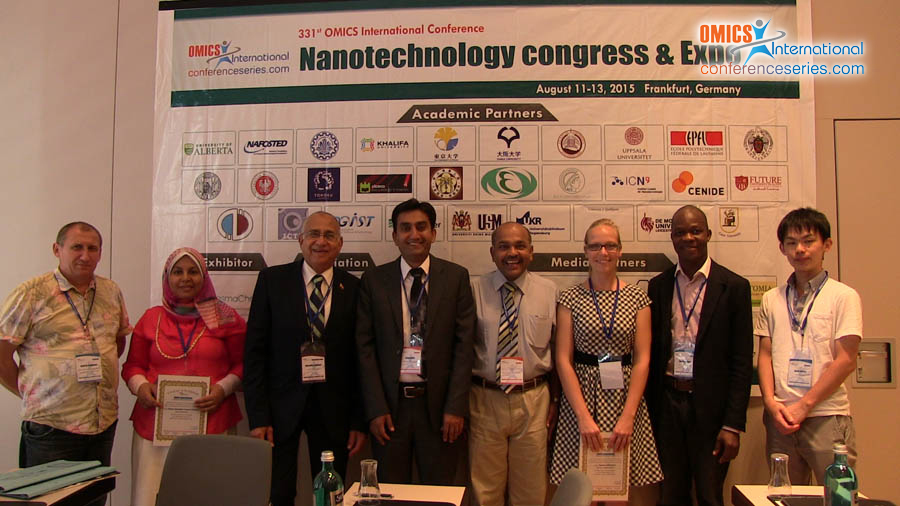
Aman Ullah
University of Alberta, Cananda
Title: Amphiphilicpolymeric nanoparticles for drug delivery
Biography
Biography: Aman Ullah
Abstract
Amphiphilic block copolymers and ABA type PEG-Lipid conjugated macromolecules have been synthesized using microwave-assisted reversible addition-fragmentation chain transfer (RAFT) polymerization and the copper-catalyzed azide-alkyne cycloaddition commonly termed as “click chemistry†respectively. Characterization of the block copolymers and conjugates has been carried out with the help of 1H-NMR, FTIR and GPC. These copolymers and conjugates were evaluated for the encapsulation and release of drug. Carbamazepine, an anticonvulsant drug with poor water solubility was selected to be a hydrophobic drug model in the study. Themicellization, drug encapsulation and release behavior of macromolecules was investigated by dynamic light scattering (DLS), transmission electron microscope (TEM) and fluorescence spectroscopy. From the results, it has been concluded that the nanoparticles had different average sizes due to different ratio of hydrophilic contents in the block or conjugate backbone. The particle size and structure could be altered by changing the ratio of hydrophilic and hydrophobic contents. The in vitro drug encapsulations highlighted that all the drug-loaded micelles had spherical or near-spherical morphology. In vitro drug release study showed the controlled release of hydrophobic drug over a period of max. 50 hours. The results indicate that there is great potential of renewable lipid-based micelle nanoparticles to be used as hydrophobic drug carriers.


